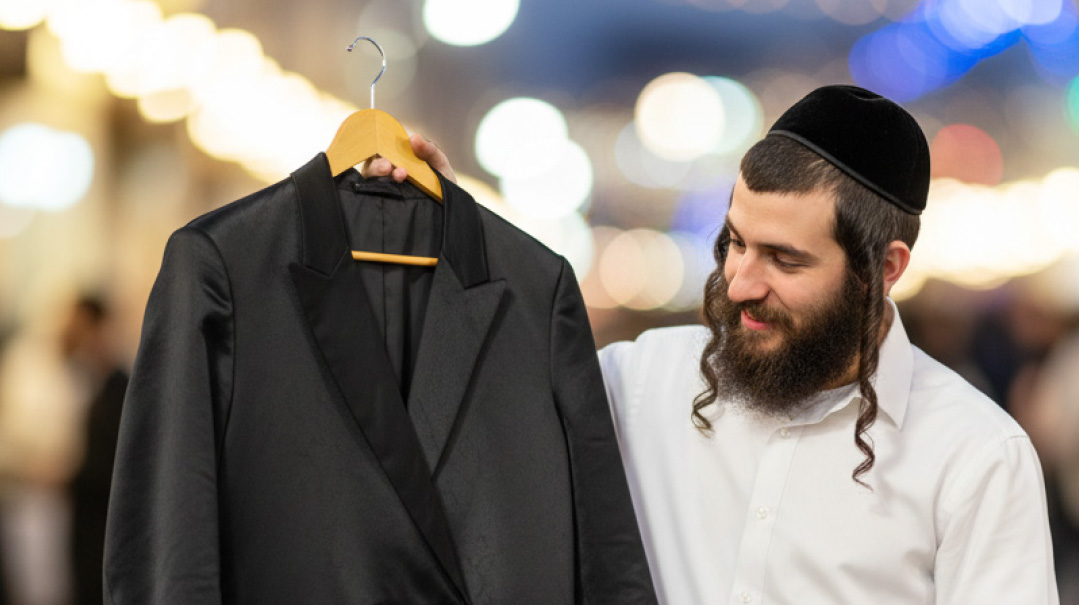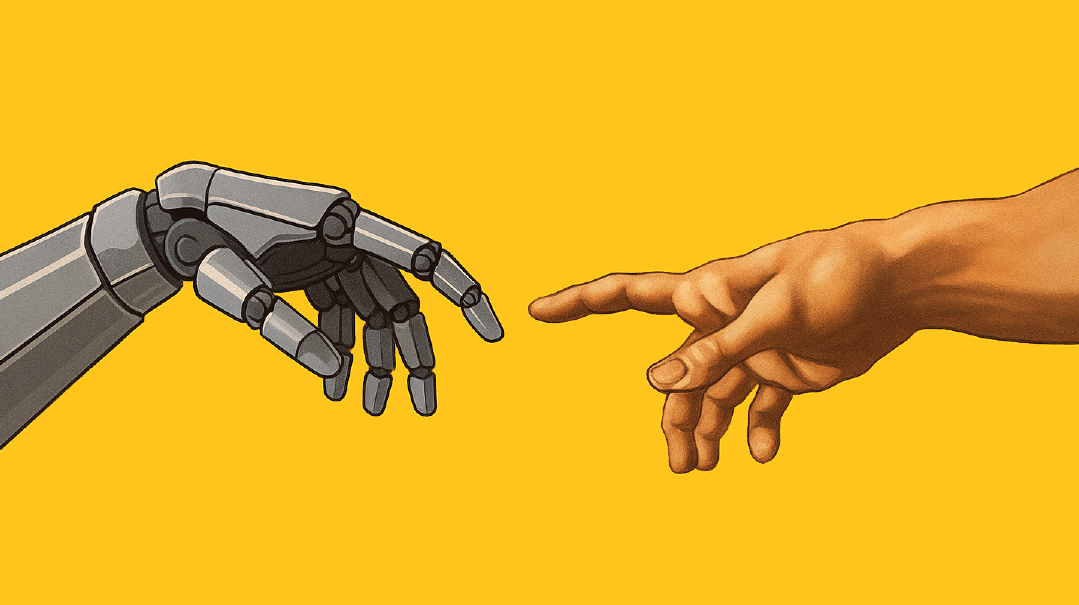High Hopes

One of the most memorable characters in Ruti Kepler’s Normal Like Me serial was Tzadok, the self-proclaimed prophet who wanders the streets of Jerusalem with a white robe and shofar, blasting the evildoers holding back Mashiach. But for longtime Mishpacha readers, this wasn’t the first time we covered Jerusalem Syndrome, the disorder unique to the Holy City that triggers individuals to think they play a key role — such as a prophet, or Mashiach himself — in bringing the redemption.
The first time we wrote about Jerusalem Syndrome was in our Succos 2012 edition. Editor Rachel Bachrach had stumbled on a fascinating piece about the syndrome, and we asked Associate Editor Rachel Ginsberg to research the phenomenon. She spoke to perhaps the world expert on the syndrome, Dr. Pesach Lichtenberg of Jerusalem’s Herzog Hospital, and produced a piece that I still remember today.
“People want redemption, and there’s almost a feverish longing and expectation for something big that’s about to happen,” Dr. Lichtenberg explained. But some people, he said, get lost in an illusion that they’ve been Divinely ordained to actively herald the redemption. “Some people think they need to pray. That’s fine. Then there are those who think all they need to do is destroy the Mosque. That’s a little more problematic.”
One of the interesting things about working at the magazine is watching a cycle of art imitating life and life imitating art. It might be on a Chol Hamoed trip, a plane ride, or a doctor’s visit — an editor or writer encounters an interesting person or hears a fascinating account and starts the process to transform that encounter into a magazine feature. But it works the other way, too. We publish a piece on an interesting person or fascinating story, and then pick up echoes of the same themes in our daily encounters.
The Jerusalem Syndrome story seemed, at first, to be just that — an interesting story. But then a man showed up at our office. He had sent in several submissions, all of which had been rejected, and decided to follow up in person.
He was politely directed to Nomee Shaingarten, who dealt with HR. Nomee asked the fellow for some basic background: where he comes from, where he lives, his education and experience. Somehow all his answers led to the same response: Mishpacha was a superb publication with a very talented staff, but there was one thing we were missing, and that was precisely what he could offer — ruach hakodesh.
At some point I remember joining the conversation, as this very well-spoken and confident man explained what he could bring to Mishpacha. He was very serious and very convinced about his G-dly mission to prepare the Jewish People for salvation. “But Mashiach also needs a parnassah, right?” he said. “So the main thing you need to know is that Mashiach is here in your office, applying for a job... but don’t tell anyone!”
Every now and then, when the news churn is so dizzying that we’re grasping to build our news coverage, or the plans for our cover story seem to change from day to day, I think about that line: The only thing you’re missing is ruach hakodesh. It’s true, in a sense, that all the talent in the world can’t fill that gaping hole.
And then I remember Dr. Lichtenberg’s closing words in that long-ago article that remains so prescient. He was asked if he’s ever met a patient so charismatic, so convincing, that his story of a Divine mission seemed to hold a spark of truth.
“Every believing Jew hopes daily for Mashiach,” Dr. Lichtenberg answered, “and I’ll admit that there have been a number of people I’ve met in the course of my career who have managed to arouse a certain hope that, hey, maybe this is the real one.”
For now, though, he’s still waiting. As are we — using our mortal tools and talents to best anticipate the coming week, while hoping and praying for the ultimate cover story, the one that will put all doubts to rest.
(Originally featured in Mishpacha, Issue 740)
Oops! We could not locate your form.







